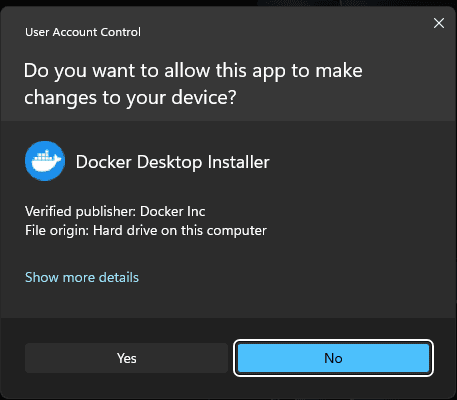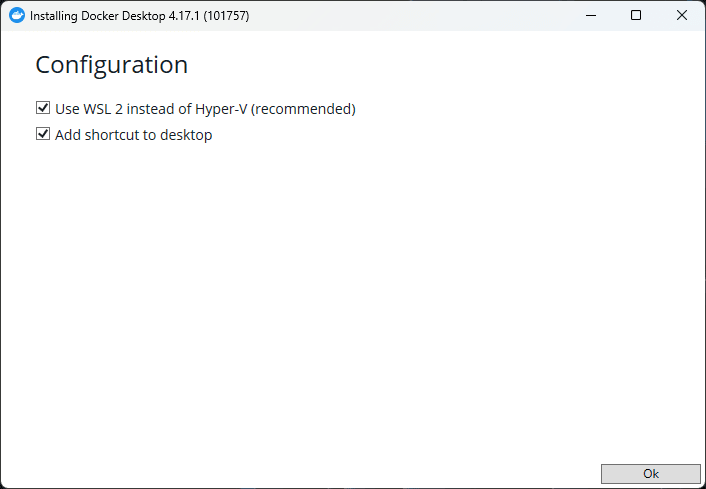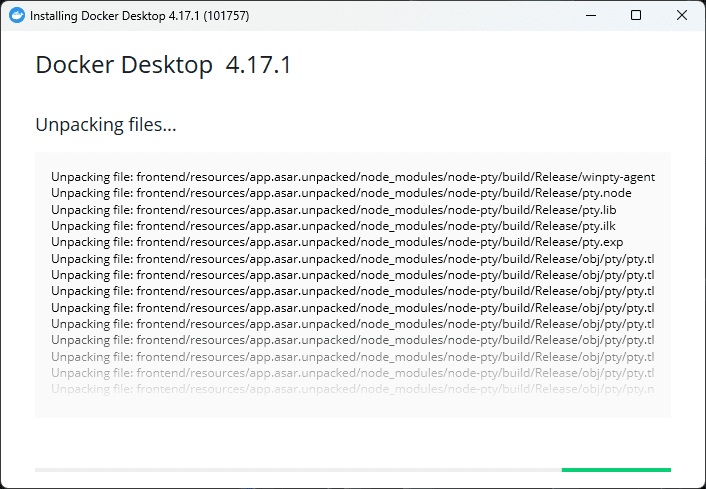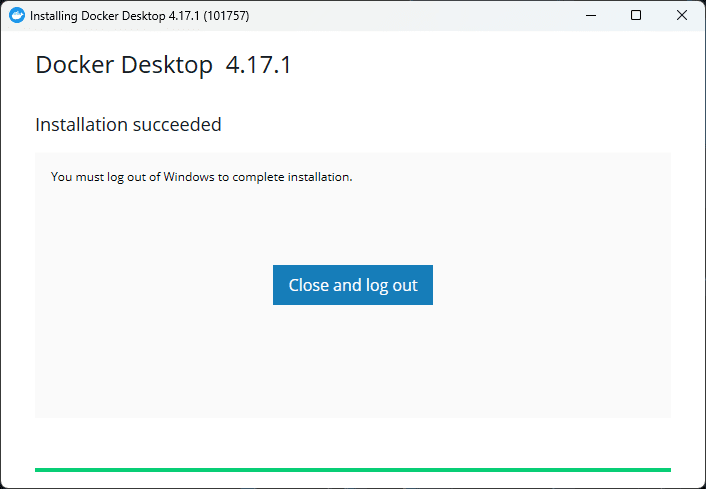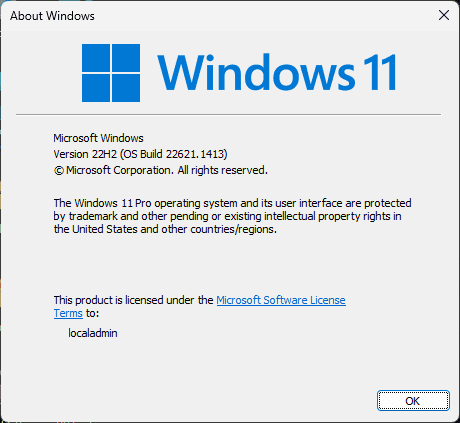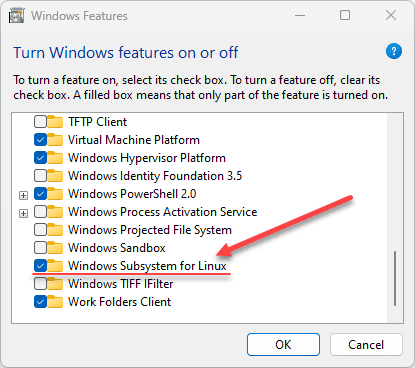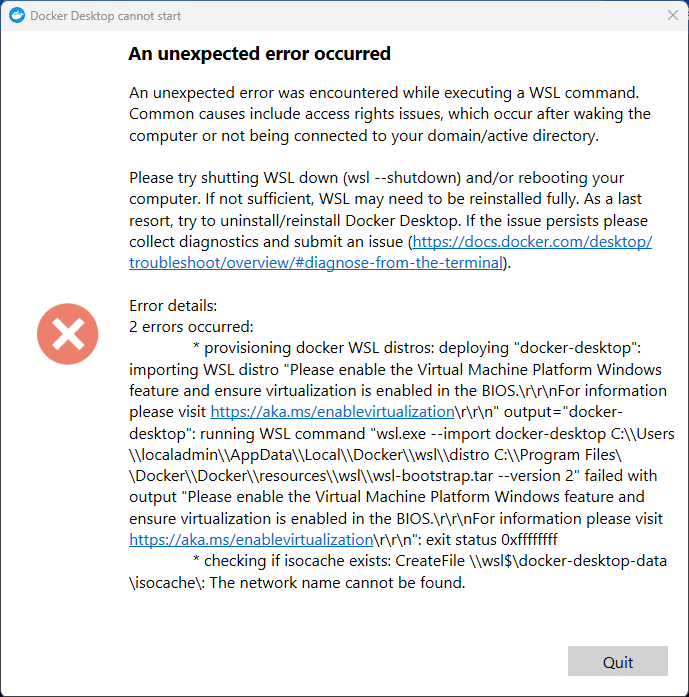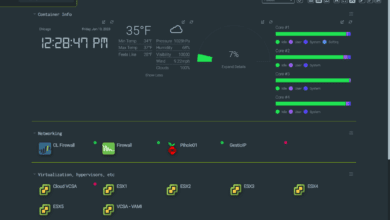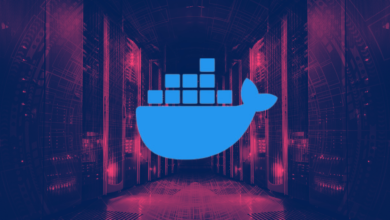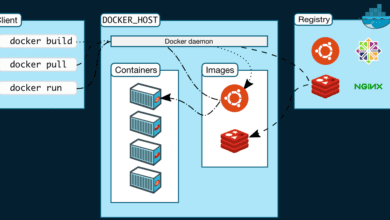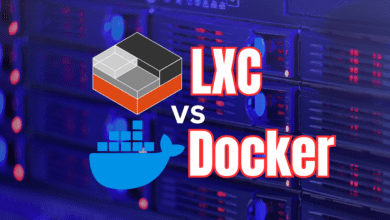Docker Desktop Starting Forever Windows 11 or 10 Error
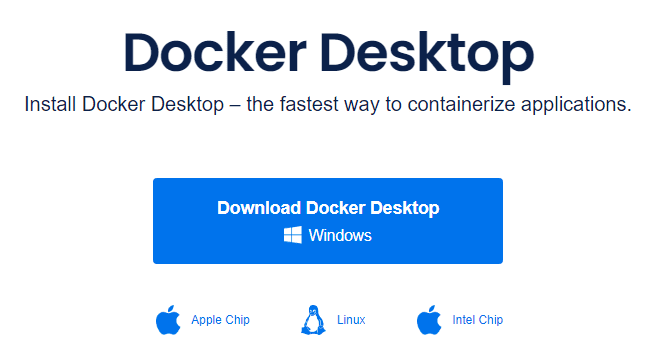
If you have seen Docker Desktop starting forever Windows 11 error, we will look at workarounds to help fix Docker startup errors, including Docker Desktop is starting.
Table of contents
- What is Docker Desktop?
- Installing Docker Desktop
- Docker Desktop Starting Forever Windows 11
- Make sure on the system requirements
- Windows containers
- Unregister Docker Desktop
- Use Windows PowerShell to fix Docker Desktop stuck on starting
- Uninstall the tool completely and then install running as administrator
- Disable Docker at Startup
- Disable and re-enable the WSL feature
- Make sure your virtualization capabilities are working correctly
- Hyper-V Errors
- Related posts
- Wrapping up
What is Docker Desktop?
Docker Desktop allows you to run Docker containers locally on your Windows 10 or 11 box or macOS or Linux.
With Windows, Docker Desktop uses the Hyper-V backend for the virtualization hypervisor or now WSL2 in modern client OS’es.
Installing Docker Desktop
Let’s look at the process to install Docker Desktop in Windows. After downloading the installer, run the .exe. You will see a UAC prompt most likely.
Running the installer
Click Yes to run the installer.
Setting the WSL2 option
You will see the options on the configuration. You will be asked to Use WSL 2 instead of Hyper-V (recommended) and add a shortcut to the desktop.
The installation begins
After that, the Docker Desktop installation will begin.
Docker desktop installed successfully
Docker Desktop is successfully installed. After the successful installation, you will be directed to close and log out. This will log you out of Windows.
Docker Desktop Starting Forever Windows 11
A clean boot is one of the first steps to try to resolve the Docker Desktop Starting Forever error. A clean boot makes sure that only the needed services and programs are running. This will help you identify if there is a running app or service that may be causing issues with Docker Desktop.
1. Type msconfig in the Run dialog box and hit Enter.
2. Navigate to the Services tab and check “Hide all Microsoft services.”
3. Click “Disable all” and then go to the Startup tab.
Open Task Manager, disable any unnecessary startup programs, click the Windows button and select restart your computer.
After restarting, open Docker Desktop and check if the issue persists.
Make sure on the system requirements
Another reason for the Docker Desktop Starting Forever error in Windows 11 or 10 could be unmet system requirements.
Make sure that your PC meets the minimum requirements for running Docker Desktop. You can find the system requirements on the Docker documentation page.
What if your system doesn’t meet the requirements?
If your system doesn’t meet the minimum requirements you can think about upgrading your hardware. However, if you have any semi-recent or modern hardware, most hardware within the past few years will run Docker ok.
Windows containers
By default, Docker Desktop uses Linux containers. You can switchover to using Windows containers. You can see in troubleshooting if switching from Linux option to Windows, resulting in the Docker Desktop Starting Forever error message or if it goes away.
Switching to Windows containers
To switch to Windows containers:
Go to the Docker system tray icon and right-click on the whale icon.
Select “Switch to Windows containers” from the context menu.
Keep troubleshooting if you still see the error.
Unregister Docker Desktop
Unregistering Docker Desktop can help fix startup errors by clearing any corrupt or conflicting data.
Process to unregister docker desktop
1. Open Windows PowerShell as an administrator.
2. Type wsl --unregister docker-desktop and hit Enter to unregister Docker Desktop.
3. Restart your computer and launch Docker Desktop.
You can also uninstall Docker Desktop and then reinstall Docker desktop. Also, check the Docker desktop version you are installing to make sure you have the latest.
Use Windows PowerShell to fix Docker Desktop stuck on starting
In some cases, using Windows PowerShell to stop and restart the Docker service can fix the Docker Desktop Starting Forever error:
1. Open Windows PowerShell as an administrator.
2. Type Stop-Service docker and hit Enter to stop the Docker service.
3. Type Start-Service docker and hit Enter to restart the Docker service.
Uninstall the tool completely and then install running as administrator
If the above steps haven’t resolved the issue, try uninstalling Docker Desktop and perform a fresh install:
1. Open the “Apps & features” page in Windows Settings.
2. Locate Docker Desktop, select “Uninstall,” and follow the prompts.
3. Download the latest Docker Desktop installer from the official website.
4. Right-click on the installer and select “Run as administrator” to begin the installation. You may need to accept any user account control prompt messages
Disable Docker at Startup
Another way to fix the Docker Desktop Starting Forever error is to disable Docker at startup and then manually start it:
1. Press Ctrl + Shift + Esc to open Task Manager.
2. Navigate to the “Startup” tab, locate Docker Desktop, right-click, and select “Disable.”
3. Restart your computer.
After restarting, manually start Docker Desktop by double-clicking the Docker Desktop icon on your desktop or searching for it in the Start menu.
Disable and re-enable the WSL feature
If the Docker Desktop Starting Forever error still persists, try disabling and re-enabling the WSL feature once more:
Open the Run dialog box, type optionalfeatures, and hit Enter to open the Windows Features dialog.
Uncheck “Windows Subsystem for Linux” and click “OK.”
Restart your computer, reopen the Windows Features dialog, and check “Windows Subsystem for Linux.”
Once the WSL feature is re-enabled, attempt to relaunch Docker Desktop.
Make sure your virtualization capabilities are working correctly
In some systems, Hyper-V may not be functioning or enabled correctly. Check your BIOS settings to ensure virtualization is enabled.
AMD CPUs
If you are running an AMD CPU and are running a VMware workstation with nested virtualization enabled, there is a known issue where you can’t run virtualization on the host and VM simultaneously.
Error message
Below is an error message I received when running Windows 11 nested in VMware Workstation. The AMD host (threadripper CPU) had virtualization enabled on the host operating system.
I received the following message when trying to launch Docker on the VMware Workstation VM. If you run into issues enabling CPU virtualization on your VMware Workstation VMs, you will have issues running Docker Desktop inside them.
Hyper-V Errors
Hyper-V can also be used for running Docker Desktop on Windows. If you have issues with Docker Desktop taking forever to start, there may be Hyper-V-related errors. Check these solutions that are more hyper-v specific
Enable Hyper-V: Ensure that Hyper-V is enabled on your system. You can do this by going to “Turn Windows features on or off” in the Control Panel, and checking the “Hyper-V” option.
Check BIOS settings: Some hardware vendors might disable virtualization in the BIOS. Make sure to enable virtualization in your BIOS settings.
Restart Hyper-V services: Restart your Hyper-V services
net stop vmms net start vmmsReset Docker’s virtual switch: Docker’s virtual switch in Hyper-V may be corrupted. You can reset it using the PowerShell commands:
Remove-VMSwitch -Name "DockerNAT" -Force New-VMSwitch -Name "DockerNAT" -SwitchType NAT -NATSubnetAddress "10.0.75.0/24"Related posts
Wrapping up
By following these solutions, hopefully you can get to the bottom of your Docker Desktop starting forever and you can get back to working with your containers in your local development environment. Let me know if you have seen other workarounds or solutions make the difference in your environment.


